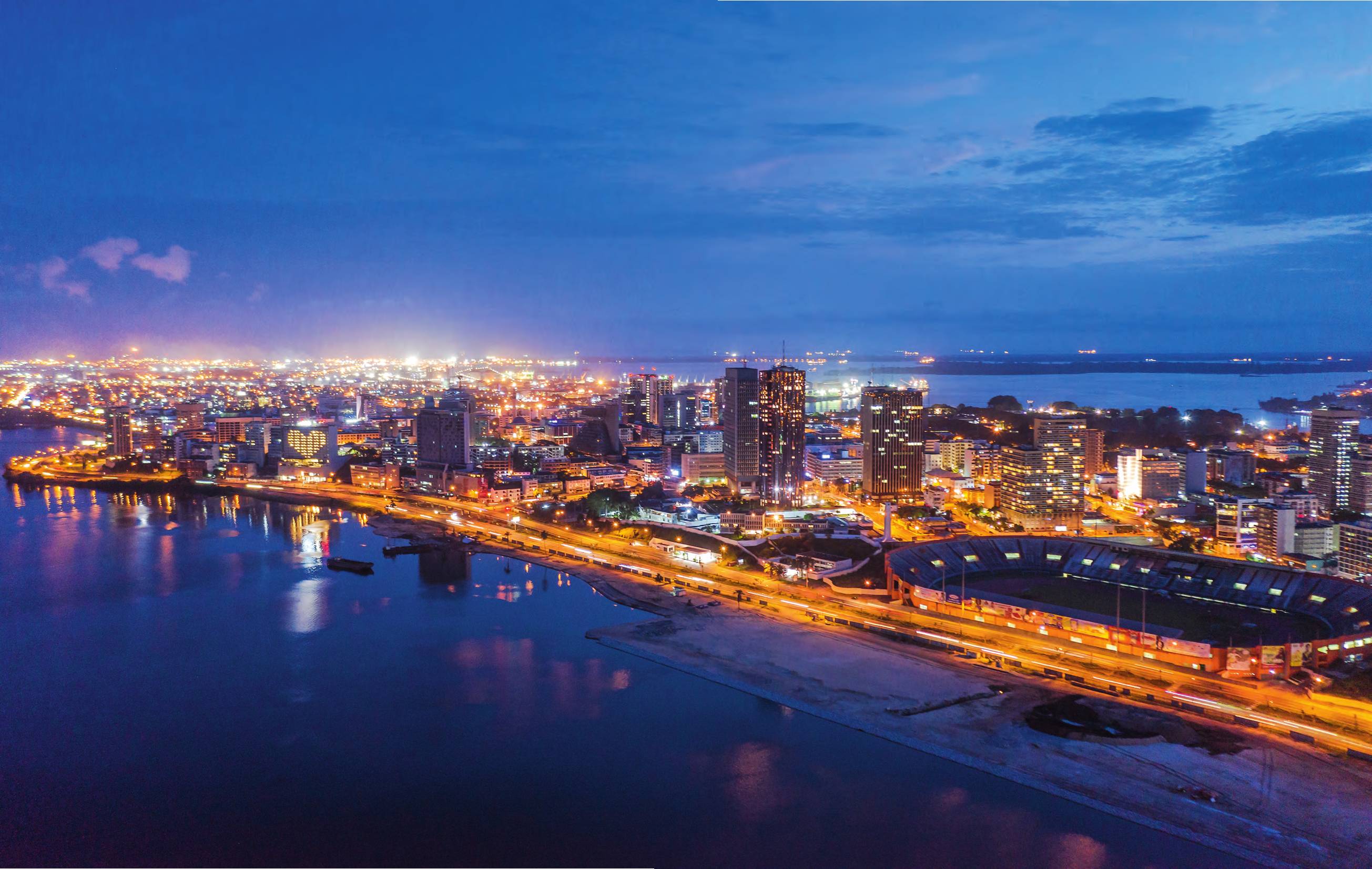Abidjan
At the center of its world

Between land and sea, this megalopolis known as “Babi”, is cosmopolitan, excessive, industrious and festive. Our GALLERY TOUR reveals a capital that is far from purely “economic”.
Located on the Gulf of Guinea coast, between land and lagoon, Abidjan flaunts the imposing Plateau towers, its 13 districts – cities within the city – its unbridled hustle and bustle, epic traffic jams, hectic days and feverish nights, and avant-garde art scene. “Babi”, a local combination of Abidjan and Babylon, is one of the gateways to emerging Africa. A global city, an astonishing melting pot of cultures and origins, this is where all the West and even Central African communities come together and French, Lebanese, Chinese and Vietnamese expatriates come to seek their fortune or a new life. The megalopolis of 5 million people is expanding a little more each day, growing spectacularly and sometimes chaotically. Abidjan is pushing its boundaries to meet the meandering lagoon, from Bingerville to chic Assinie, on the seashore, where the happy few gather.
Babi is a constant work in progress: planning water and electricity supply, fighting unsanitary conditions, ensuring transparent property transactions, upgrading roads, dealing with waste management [see p. 70], protecting the lagoon and natural heritage, and reinventing abandoned areas (such as the former Akouédo dump, which will made into an urban green space). The city is permanently under construction. From its centre will rise the F Tower, the tallest building in Africa. The 4th bridge, connecting Yopougon and the Plateau, crosses the lagoon. The 5th, linking Cocody and the Plateau, is under construction. Construction on the underground, the most ambitious urban transport project in sub-Saharan Africa, is finally moving forward, and the first line is due to open in 2025. The exhibition centre on the outskirts of the Félix Houphouët-Boigny airport paves the way for the forthcoming Aérocité. Naturally, the pandemic has slowed the pace a little. But Abidjan has faith. It believes in its future, aware of its dynamism. In 2023, the magnificent new Olympic stadium in Ebimpé will host the African Cup of Nations final. And in 2030, Abidjan, the “pearl of the lagoons”, will be home to nearly 8 million people.







